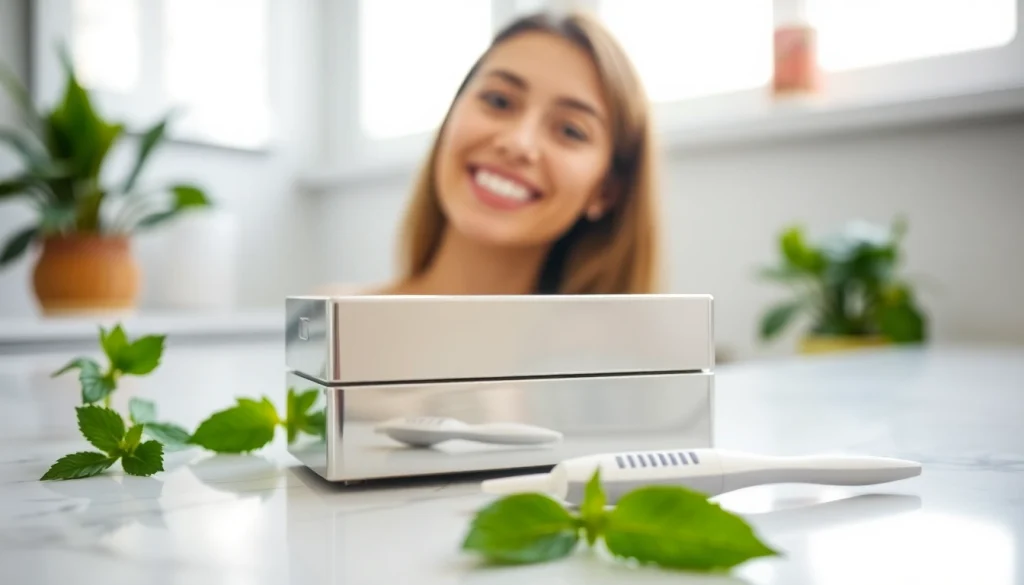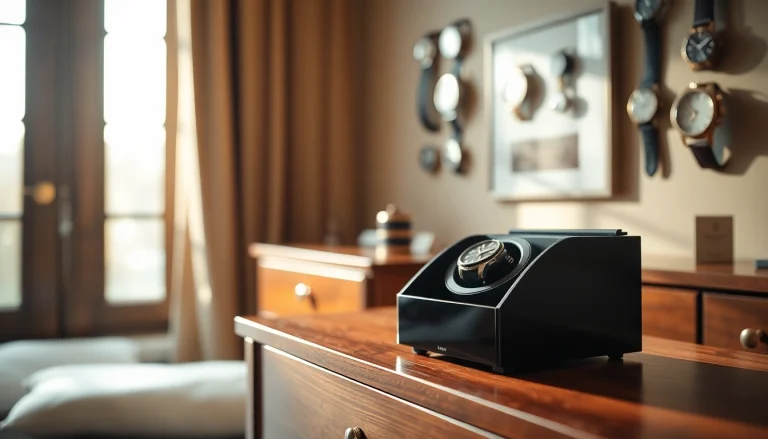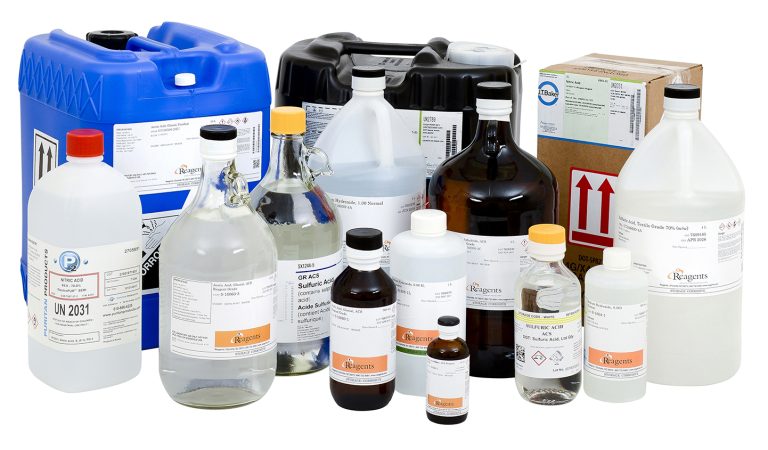
Understanding Teeth Whitening Kits
What is a Teeth Whitening Kit?
A teeth whitening kit is an assembled collection of products designed specifically to change the color of your teeth, making them appear whiter and brighter than their current shade. These kits usually include a whitening agent—most commonly hydrogen peroxide or carbamide peroxide—along with application tools such as trays, strips, or brushes. Some kits may also contain desensitizing agents to ease discomfort resulting from the use of whitening agents. This comprehensive approach enables individuals to achieve professional-level whitening results from the comfort of their own home.
How Teeth Whitening Works
The science behind teeth whitening revolves around the chemical properties of the whitening agents used in these kits. When applied to the teeth, the hydrogen peroxide or carbamide peroxide breaks down into oxygen molecules. These molecules penetrate the enamel and dentin (the layers of the teeth) to break apart staining compounds that have accumulated over time, effectively lifting stains from coffee, tea, red wine, and other sources. Whitening kits can provide varying degrees of brightness depending on the concentration of the active ingredient and the duration of use.
Benefits of Using a Teeth Whitening Kit
There are many compelling reasons to consider using a teeth whitening kit. First and foremost, they offer convenience—users can whiten their teeth on their own schedule. Additionally, these kits can be more cost-effective than professional whitening treatments at a dental office. Many people report increased confidence and satisfaction with their appearance after achieving whiter teeth, leading to a greater willingness to smile and engage socially. Moreover, with numerous options available on the market, users can find kits specifically designed to address their unique whitening needs.
Choosing the Right Teeth Whitening Kit
Types of Teeth Whitening Kits Explained
Teeth whitening kits come in several types, each with its own application methods and effectiveness. Some popular types include:
- Whitening Strips: Thin plastic strips coated with a whitening gel that adhere to the teeth, typically used for a predetermined length of time.
- Whitening Trays: Custom or boil-and-bite trays filled with whitening gel that are fitted over the teeth for more even coverage.
- Brush-On Gels: Gels applied directly to the teeth with a brush, allowing for targeted whitening treatments.
- LED Light Kits: Some kits come with an LED light that is claimed to enhance the effectiveness of the whitening agents.
When selecting a kit, it’s vital to consider your own comfort and assurance of use, as well as how much time and effort you’re willing to invest in your whitening journey.
Key Ingredients to Look For
Not all teeth whitening kits are created equal, and understanding the ingredients can help you choose effectively. Look for kits that contain:
- Hydrogen Peroxide: Often regarded as the most effective agent, typically found in concentrations ranging from 3% to 35% in professional-grade kits.
- Carbamide Peroxide: A compound that releases hydrogen peroxide when it breaks down; it’s generally gentler on enamel, making it suitable for those with sensitivity.
- Desensitizing Agents: Ingredients like potassium nitrate can help reduce the discomfort that some users experience during whitening.
- Flavoring Agents: While not impactful on whitening effectiveness, pleasant flavors can enhance the user experience.
Ensuring that these ingredients are present will help set your teeth whitening experience up for success.
Assessing Your Teeth Sensitivity
Before starting a whitening regimen, it’s essential to evaluate your own teeth sensitivity. Many people experience some level of sensitivity during or after the whitening process. If you have known issues with tooth sensitivity, look for kits specifically designed for sensitive teeth—these often have lower concentrations of hydrogen peroxide and include desensitizing agents. Performing a patch test with a small amount of the whitening gel can also help gauge any potential sensitivity.
Step-by-Step Guide to Using Your Teeth Whitening Kit
Preparation: What to Do Before Whitening
Preparation is key to achieving the best results from your whitening kit. Here are some essential steps to follow:
- Consult Your Dentist: Before starting any whitening procedure, it’s wise to consult with your dental professional to ensure that you are a good candidate for whitening.
- Brush and Floss: Prior to application, ensure your teeth are clean by brushing and flossing. This removes food particles and plaque that can interfere with the whitening process.
- Read Instructions Carefully: Different kits may have varying applications and usage times—ensure you understand your specific product’s requirements.
Application Techniques for Best Results
Proper application is critical for optimizing the effectiveness of your whitening kit. Follow these techniques:
- Use Protective Barriers: If your kit includes mouthguards or trays, use them to prevent the gel from leaking onto your gums and causing irritation.
- Apply Evenly: Whether using strips, gels, or trays, ensure the product is applied evenly across all teeth for consistent results.
- Follow Timing Guidelines: Adhere to the time limit set by your product’s instructions—using it for longer than recommended can lead to over-sensitivity or gum irritation.
Post-Treatment Care Tips
Once you’ve completed the whitening process, follow these care tips to maintain your new bright smile:
- Skip Staining Foods: Avoid coffee, tea, red wine, and dark-colored fruits for at least 24 hours post-treatment, as your teeth are more porous and susceptible to staining immediately afterward.
- Maintain Oral Hygiene: Brush and floss regularly to keep your teeth clean and the results of the whitening intact.
- Consider Using a Straw: If you opt for beverages that could stain, using a straw can minimize contact with your teeth.
Common Myths About Teeth Whitening Kits
Debunking Common Misconceptions
Teeth whitening is surrounded by many myths that can influence users’ decisions. Here are some frequently encountered misconceptions:
- Myth 1: Whitening kits will damage enamel. Truth: When used correctly and in moderation, these kits do not damage enamel; rather, some ingredients can actually strengthen it.
- Myth 2: All products are alike. Truth: There are significant differences in the formulation and effectiveness of whitening kits, so research before choosing.
- Myth 3: You can’t get results if you have crowns or veneers. Truth: While these materials do not respond to whitening, a dentist can advise on complementary treatments.
Understanding Potential Risks
While teeth whitening kits are generally safe, there may be some risks involved. These can include:
- Sensitivity: Many people experience increased sensitivity during and after treatment.
- Uneven Results: If the product is not applied evenly, you might notice patchy or splotchy results.
- Gum Irritation: If the whitening agent contacts the gums or if residue is left, irritation can occur.
Awareness of these potential side effects allows users to take extra precautions and choose sensitivity-friendly options if needed.
When to Consult a Dentist
Before starting any whitening regimen, and especially if you experience sensitivity or other issues during the process, it is crucial to consult your dentist. They can provide tailored advice, help manage unexpected reactions, and recommend stronger or alternative treatments as necessary. Additionally, if you’re considering whitening multiple times per year or have underlying dental concerns—like cavities or gum disease—it’s advisable to get a professional opinion first.
Maximizing Results from Your Teeth Whitening Kit
Dietary Changes for Lasting Whiteness
What you consume can significantly impact the longevity of your whitening results. To help maintain a bright smile, consider these dietary adjustments:
- Choose Water: Water is the best beverage choice for maintaining oral health and wash away residues that could stain your teeth.
- Incorporate Crunchy Fruits and Vegetables: Foods like apples, carrots, and celery help clean teeth naturally and can help reduce staining.
- Avoid Sugary Snacks: Not only do they contribute to tooth decay, but sugary snacks can also lead to staining.
Maintaining Oral Hygiene Post-Whitening
Maintaining rigorous oral hygiene routines is essential for keeping your teeth white. Here are some tips:
- Brush Twice Daily: Regular brushing keeps plaque and food particles from staining your teeth.
- Floss Daily: Flossing is crucial for preventing plaque buildup between teeth, an area brushing can miss.
- Use Whitening Toothpaste: Consider incorporating a whitening toothpaste into your routine to help sustain brightness over time.
Real-Life Success Stories and Tips
Hearing from individuals who have successfully whitened their teeth can be both motivating and instructive. Many users report significant improvements in their confidence and social lives after using a teeth whitening kit. Common tips include:
- Patience is Key: Many users suggest that the best results come after following the kit’s instructions over an extended period rather than rushing through the process.
- Track Your Progress: Keep a journal of your whitening experience, noting any changes can help you spot patterns that warrant adjustments to your routine.
- Combine with Professional Cleanings: Regular dental cleanings can enhance the results from your home whitening kits by providing a cleaner base for the whitening agents to act upon.






